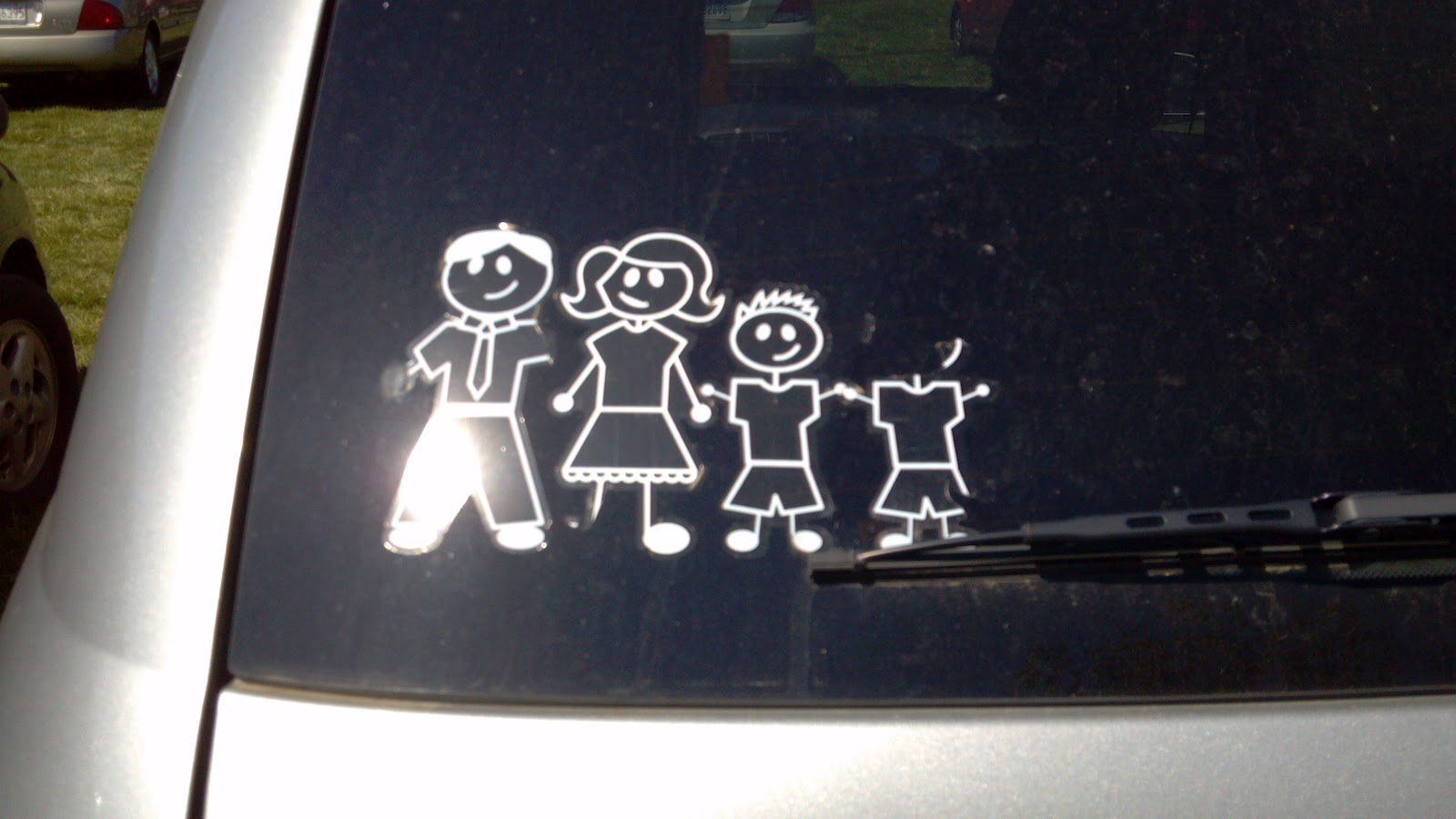While in the youth years, you will mostly think about acquiring a car with preferably just two seats to accommodate you and your highschool sweetheart. The more power it has and the fancier it looks, the better you can outrun your competitor at the red light in the city.
Still, as time passed your girlfriend may have gone to different college, life went on and you are not happily married and watching your children grow. At this point, having a sports car is no longer the most viable option, since you will have to do groceries, drive your children to school and have enough space to fit the entire luggage your wife packs for holiday trips.
Don’t despair just yet; there are still options to choose from, as long as you know what to look after when buying a car. Whether you are buying new or used, don’t drown into the nice words of the dealer or the used car seller; research on your own and learn what to look after when buying a car that has to fit your family but still offer at least a hint of power and provide pleasuring driving sessions. Here is how to do it.
Space
The first element to consider when acquiring a family car is space. To make sure you have enough space for every situation, take a moment and think about your family. How many kids do you have? Do you travel often outside the city? Depending on how you answer these questions, either a compact or a mid-size family car may suit best. Usually, the compact version provides agility within the urban streets while the mid-sized car would provide some extra space in the trunk.
Safety
You need to keep yourself and your family safe, period. When it comes to driving safely, go for as many assisting options as you can afford. First of all, a full set of airbags is vital; this includes front and rear passenger airbags as well as curtain airbags. On newer cars, knee airbags can be bought as optional features. Keep in mind that even though you may be featuring a safe driving style, not all other drivers do the same.
Passive safety systems such as ESP or ABS are mandatory on a family car. They allow for better control of the vehicle in tricky situations such as slippery roads, and, when it comes to a larger sized vehicle, they may mean the difference between regaining control or hitting a pole or another car. Further down the optional lists, one will find lane assistance sensors, parking sensors and even automatic braking systems, on the top end models.
Power
Just because you are driving a family car, this doesn’t mean you should not pack some power under the hood. Filling up the car with luggage and 3 or 4 other passengers requires a bit of torque to make the car drive smoothly without having to force the acceleration too hard and get a bad mileage.
Don’t get fooled by the idea that a big engine will only consume more fuel. Having a larger capacity engine is better than dealing with a small capacity engine on a heavy car. Also, it is great to have some horsepower under the hood for the moments when you are cruising along on the highway and wish to remember about the highschool days.




